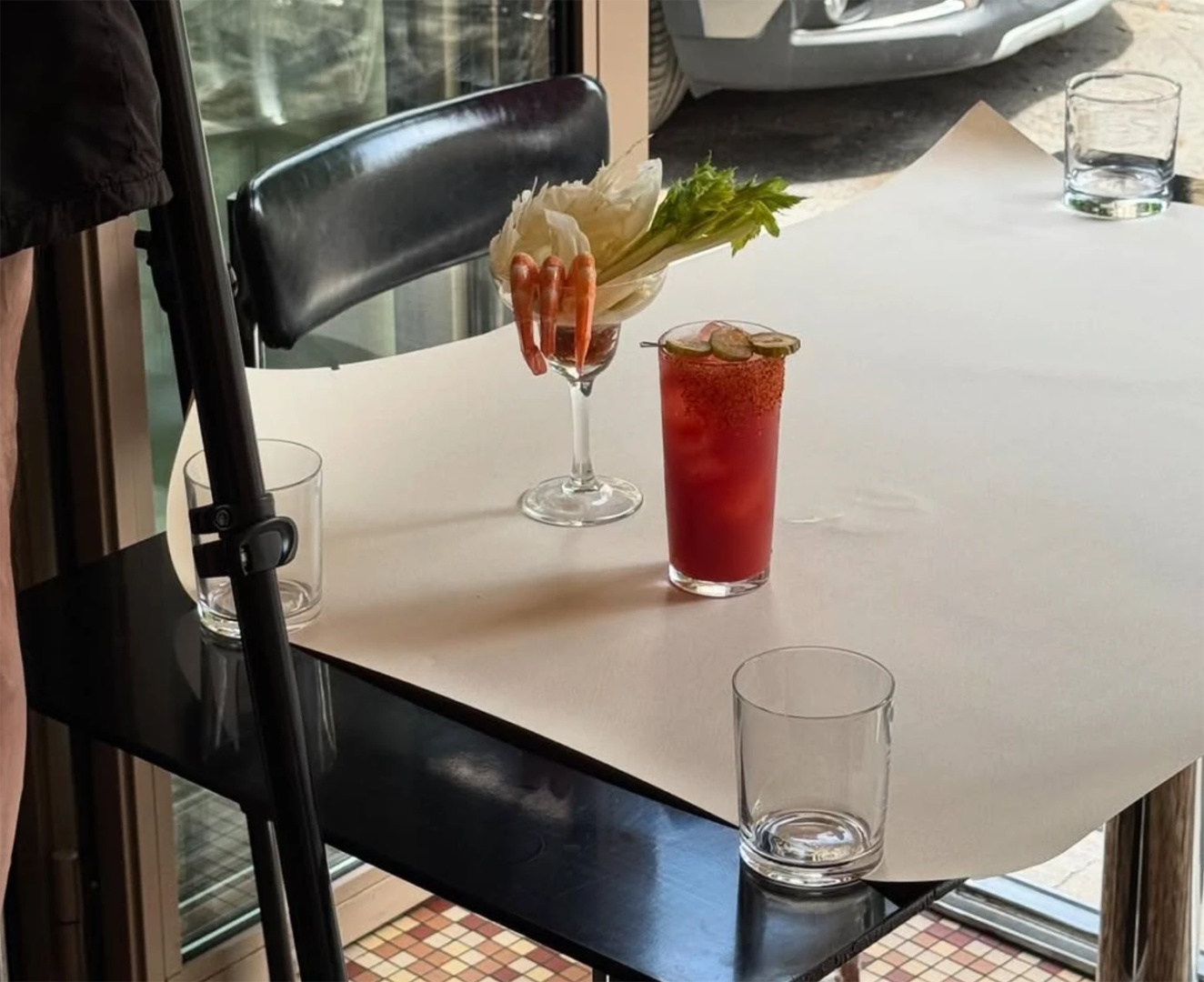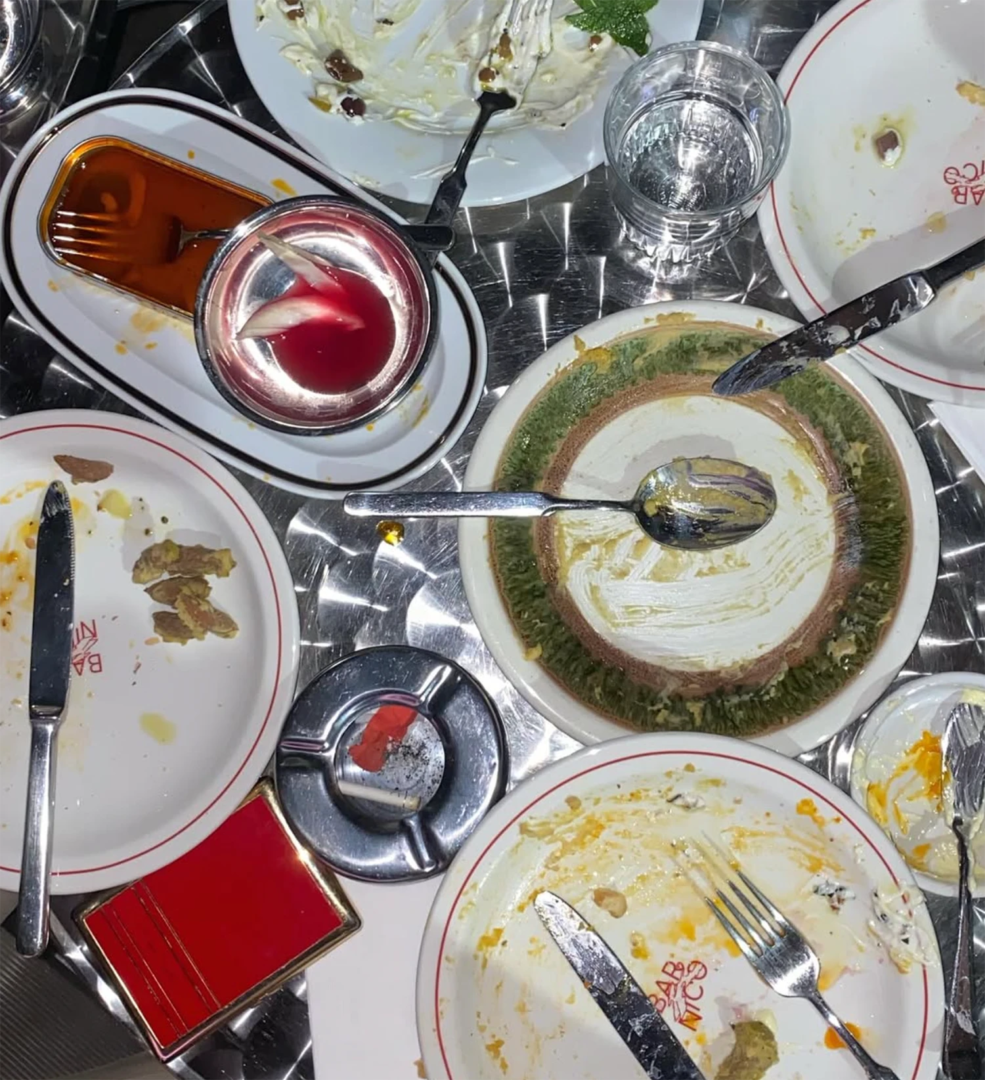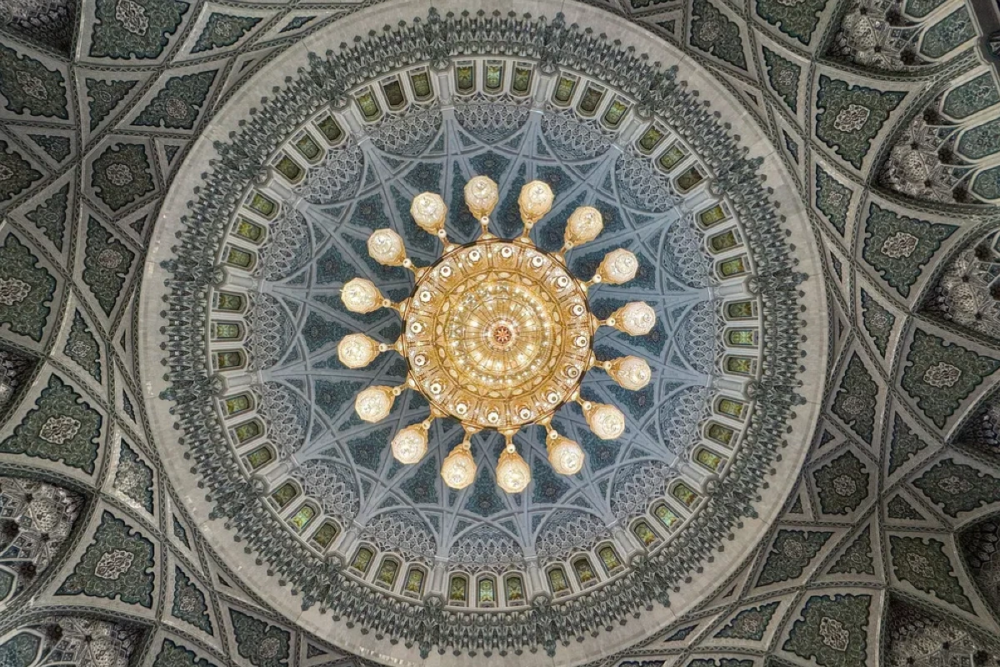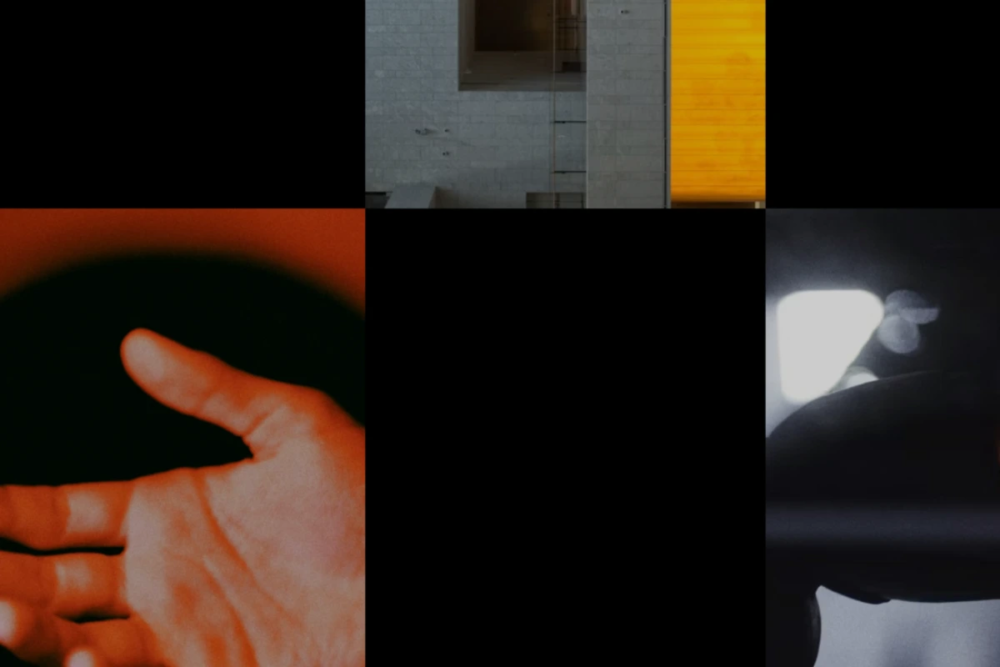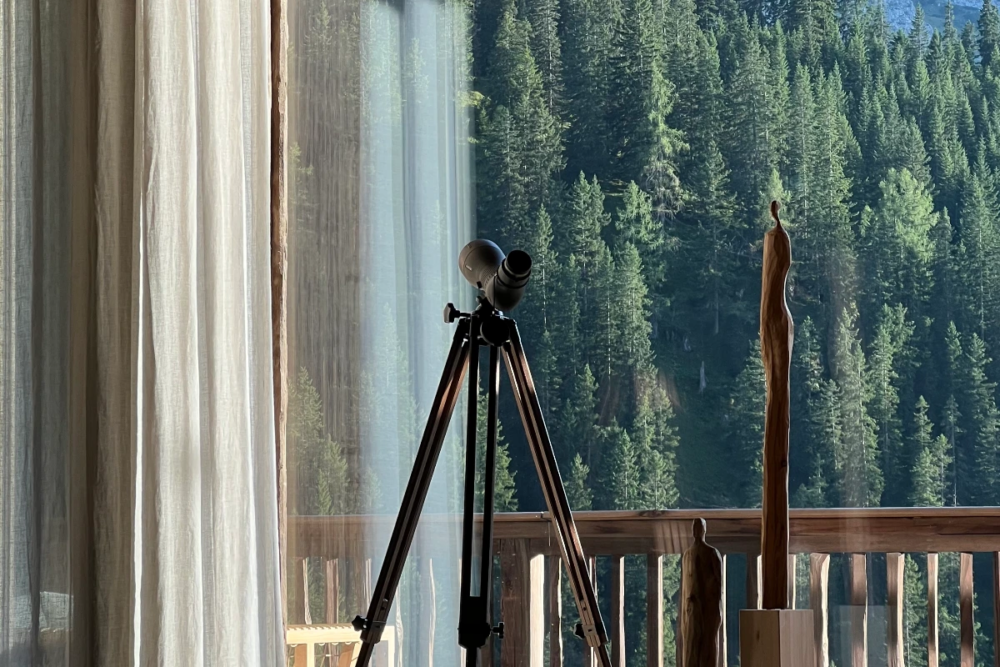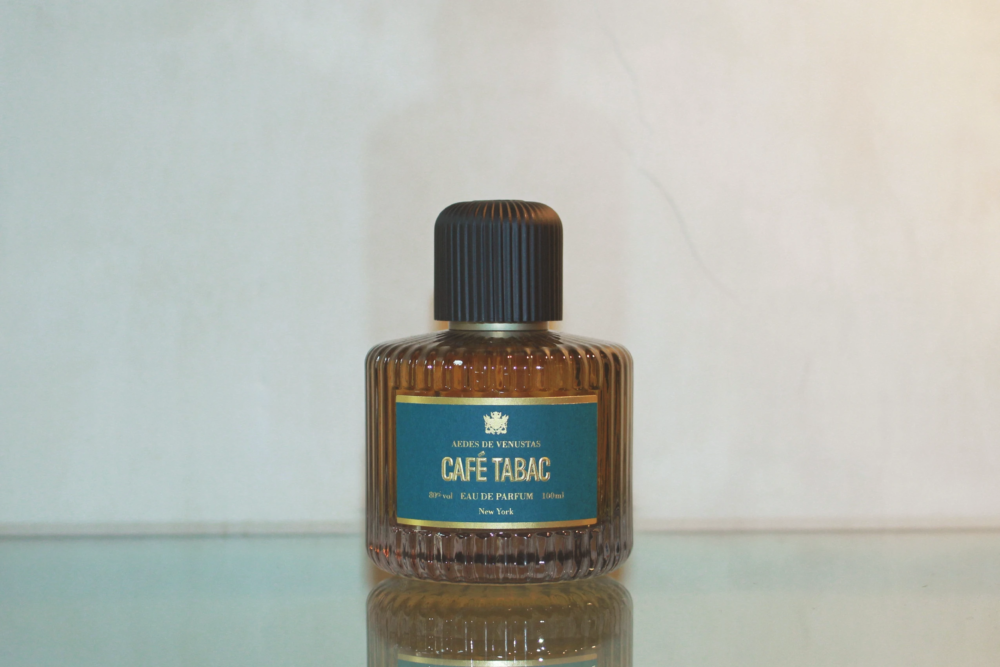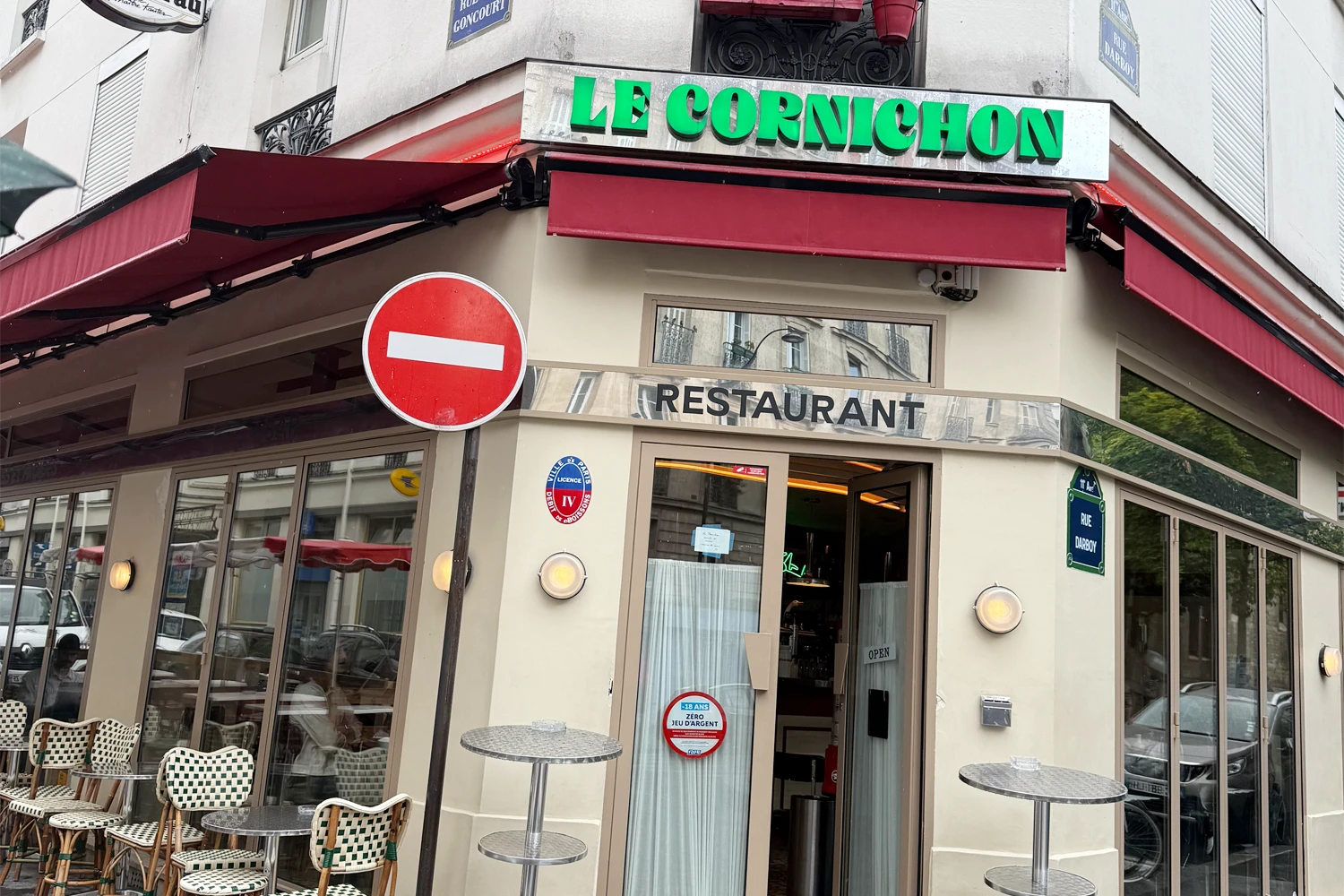
Le Cornichon: A Contemporary Palimpsest of Parisian Café Culture
How a Paris café in the 11th arrondissement channels 1970s French design to restore the spirit of neighborhood hospitality
A New Take on the Paris Neighborhood Café Experience
In Paris’s 11th arrondissement, a district shaped by layers of migration and constant reinvention, Le Cornichon presents itself not as a nostalgic café or a trendy concept, but as a space that reasserts the café as a living part of urban culture. It avoids spectacle. It doesn’t rely on aesthetics alone to define itself. What it offers instead is a kind of lived immediacy: a place shaped by use, by presence, by continuity. While many new cafés are built to be noticed, Le Cornichon is built to be inhabited.
Le Cornichon is a café that puts experience before identity. Its design, service, and food all support that goal. It is not a space that demands attention. It becomes part of daily life by being consistent and comfortable.
Bertrand Chauveau and Paul Henri, friends since childhood, opened Le Cornichon in 2024. Their vision came from a shared feeling that cafés had become too curated. Many were designed to look good in photos or to follow hospitality trends. Chauveau and Henri wanted something else. They wanted a café that belonged to its surroundings.
They were inspired by the neighborhood cafés of the 1970s. Places where people came to eat, drink, talk, and stay without pressure. These were cafés that lasted because they served a purpose. That’s the idea behind Le Cornichon. Not to imitate the past, but to make something strong enough to last now.
Design Inspired by the 1970s
The interior was designed by Laure Gravier and Soizic Fougeront of Claves Studio. In the back, pinball machines hum beside the steady presence of a lottery counter near the door. Both are part of the café’s daily use, folded naturally into the space. Nothing feels added for effect. They point to a time when cafés served real public functions without being self-conscious about it.
The layout is generous, with banquettes running the length of the walls in deep green velvet. Their curve recalls the intimacy of train compartments and the quiet elegance of Jean Prouvé’s utilitarian forms. The furniture avoids visual excess. Chrome-framed chairs and square wooden tables introduce repetition and rhythm. The wood carries a matte finish, echoing the tactile honesty of Charlotte Perriand’s Alpine interiors and the structure of Pierre Chapo’s joinery.
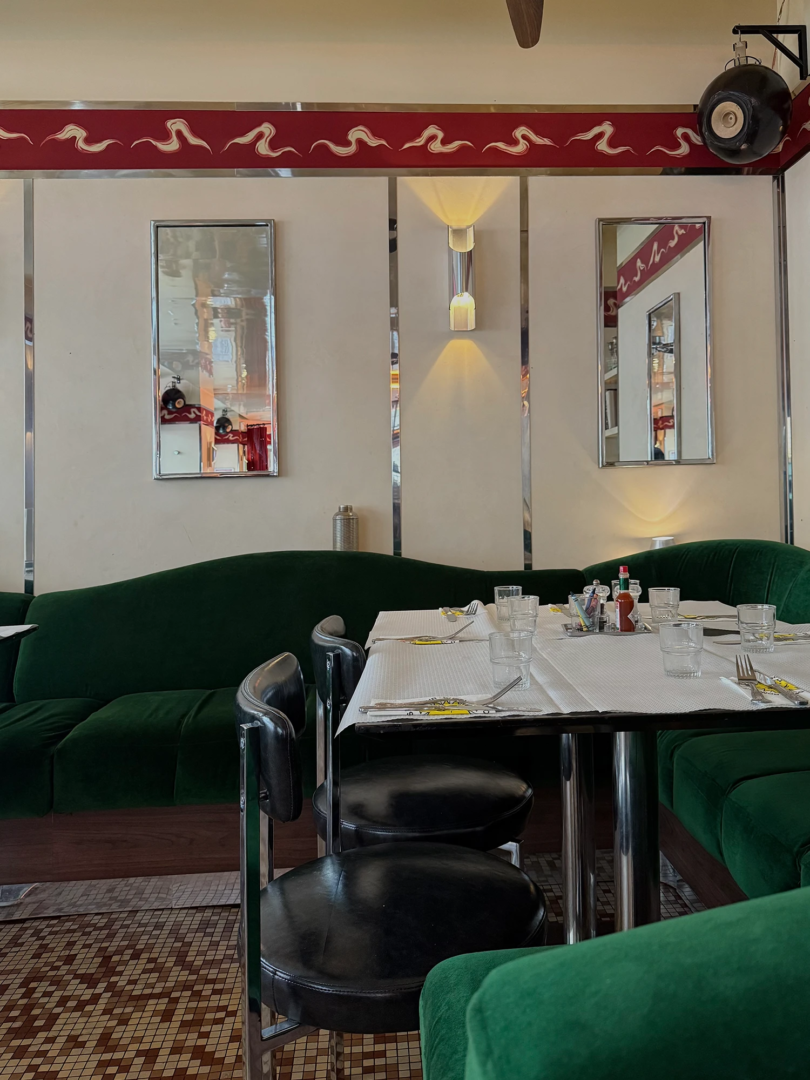
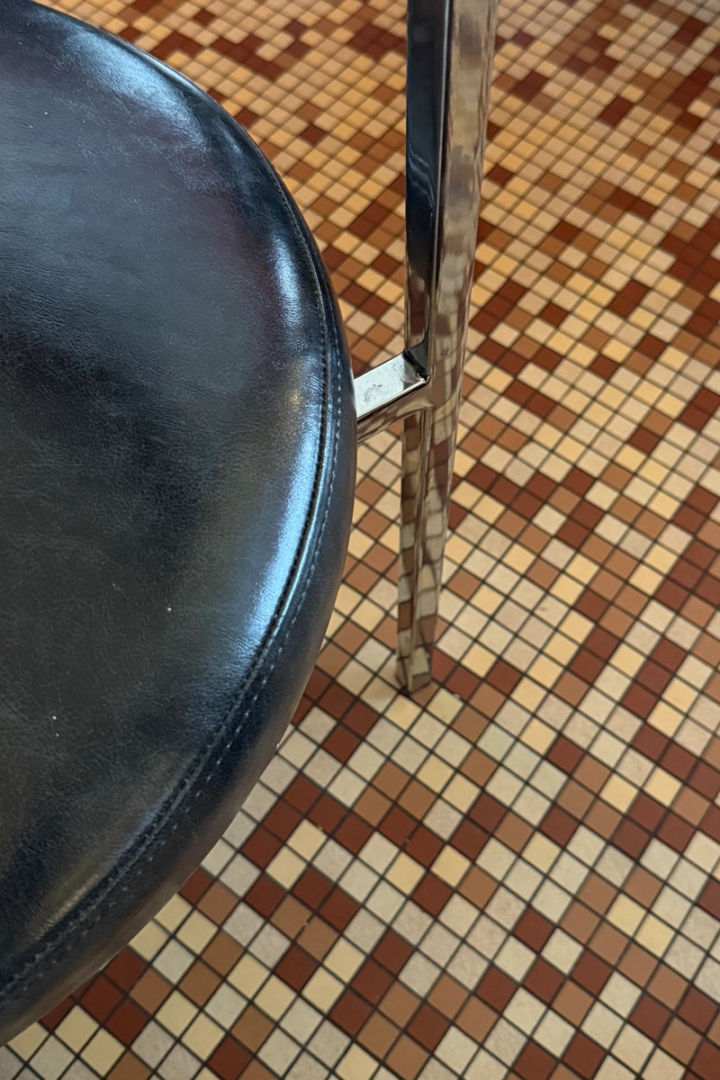
The tiled floor is slightly uneven. Its surface responds to daylight with soft variation. There are no focal points or sharp contrasts. Lighting stays low and warm, influenced by the diffuse glow found in Serge Mouille’s fixtures and the natural softness of old Parisian cafés where no one felt rushed.
The palette is calm and consistent. There are no decorative accents, only the slow buildup of texture. The interior doesn’t recreate the 1970s, but it channels the era’s clarity, when materials were chosen for how they aged and space was designed to support use.
The atmosphere doesn’t rely on styling. It emerges from proportion, function, and restraint. The furniture invites staying. The space absorbs activity without reacting to it. Nothing interrupts the day. Everything holds its place.
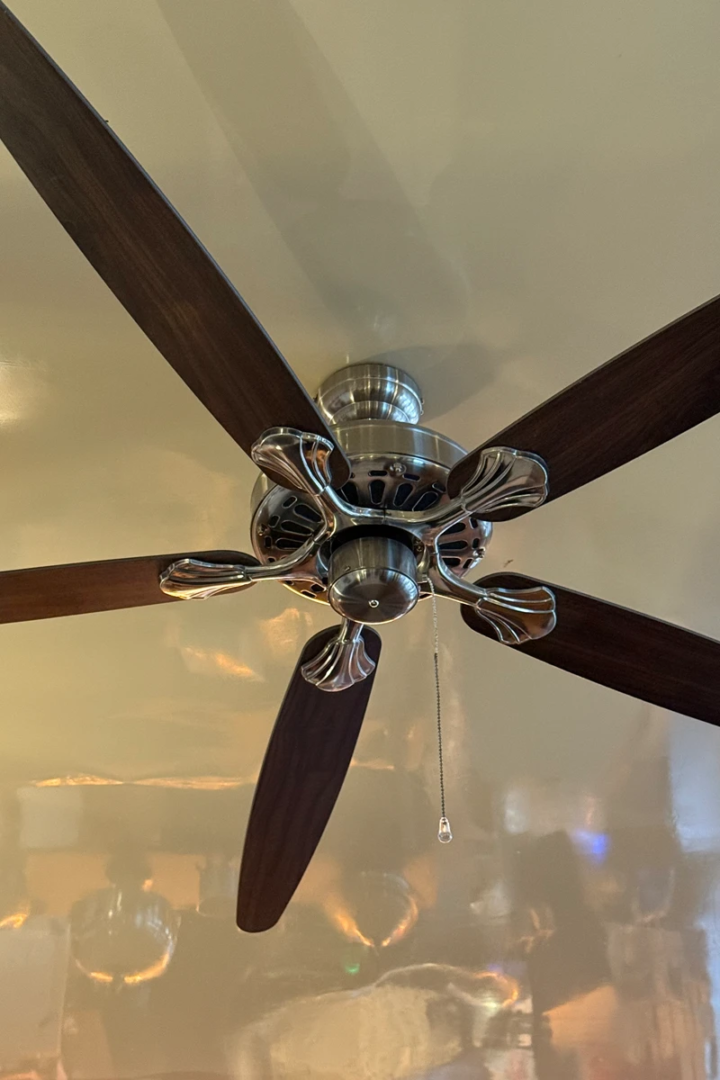
Traditional French Dishes with a Contemporary Kitchen Approach
The kitchen, led by Bertrand Chauveau, focuses on a tight selection of French dishes. The menu includes pâté en croûte, veal sweetbreads with vin jaune, cold vegetable plates, and structured sauces. Each dish is built with clarity. The preparation is careful, the portions are balanced, and the food holds its place in the flow of the day.
The cooking follows the same logic as the space. It respects form, avoids distraction, and stays rooted in what works. The plates feel considered without being precious. Guests come for the consistency as much as the flavor.
The name Le Cornichon reflects the tone. A gherkin is sharp and exact. It plays a small role, but the plate isn’t complete without it. The café works the same way—defined by proportion, detail, and presence.
Bar Nico × Le Cornichon: Milan meets Paris
On October 22, Le Cornichon will host Bar Nico for a one-night event in Paris. Earlier this year, Bar Nico invited Le Cornichon to Milan for a similar collaboration. That night brought Paris-style food and service into Bar Nico’s space. This time, Bar Nico brings a Milanese approach to aperitivo to Paris.
The evening will feature drinks and plates drawn from 1980s Milan. Cocktails, snacks, cold anchovies, citrus, and vermouth. It’s not a theme night. It’s a conversation between two working bars. Bar Nico sets the pace. Le Cornichon holds the space.
The two bars share a way of working. They trust that people know how to enjoy a good room, a good drink, and a good night.
Le Cornichon belongs to the city the way a good café should. It gathers people, slows time, and leaves its trace in memory more than image.
